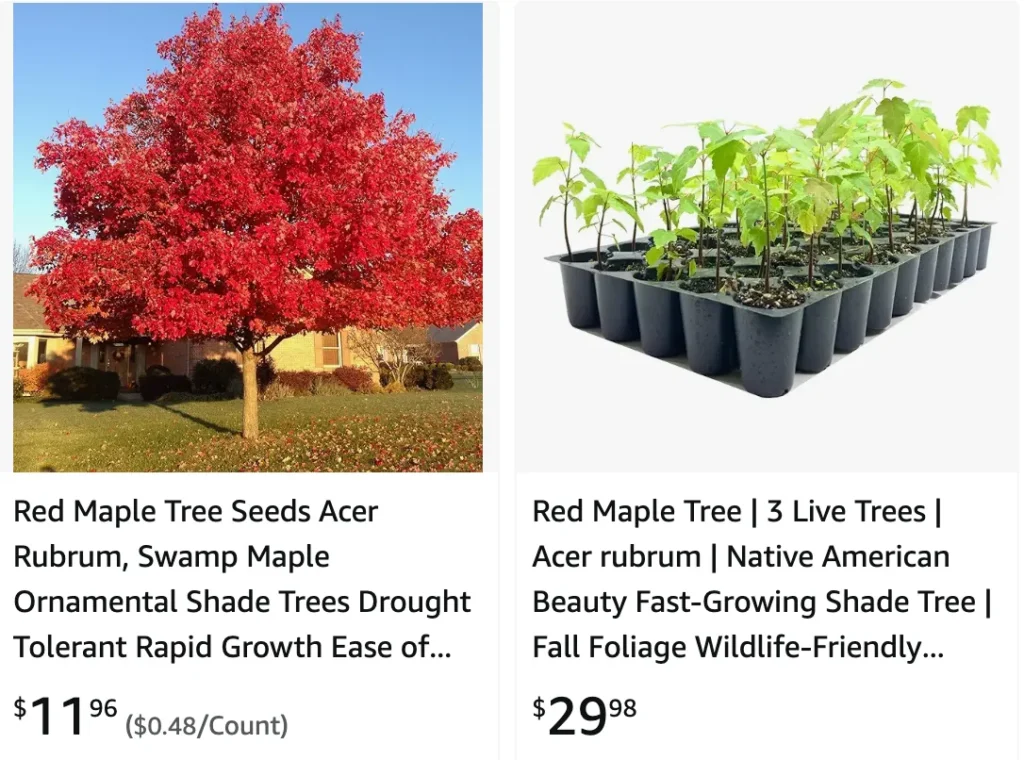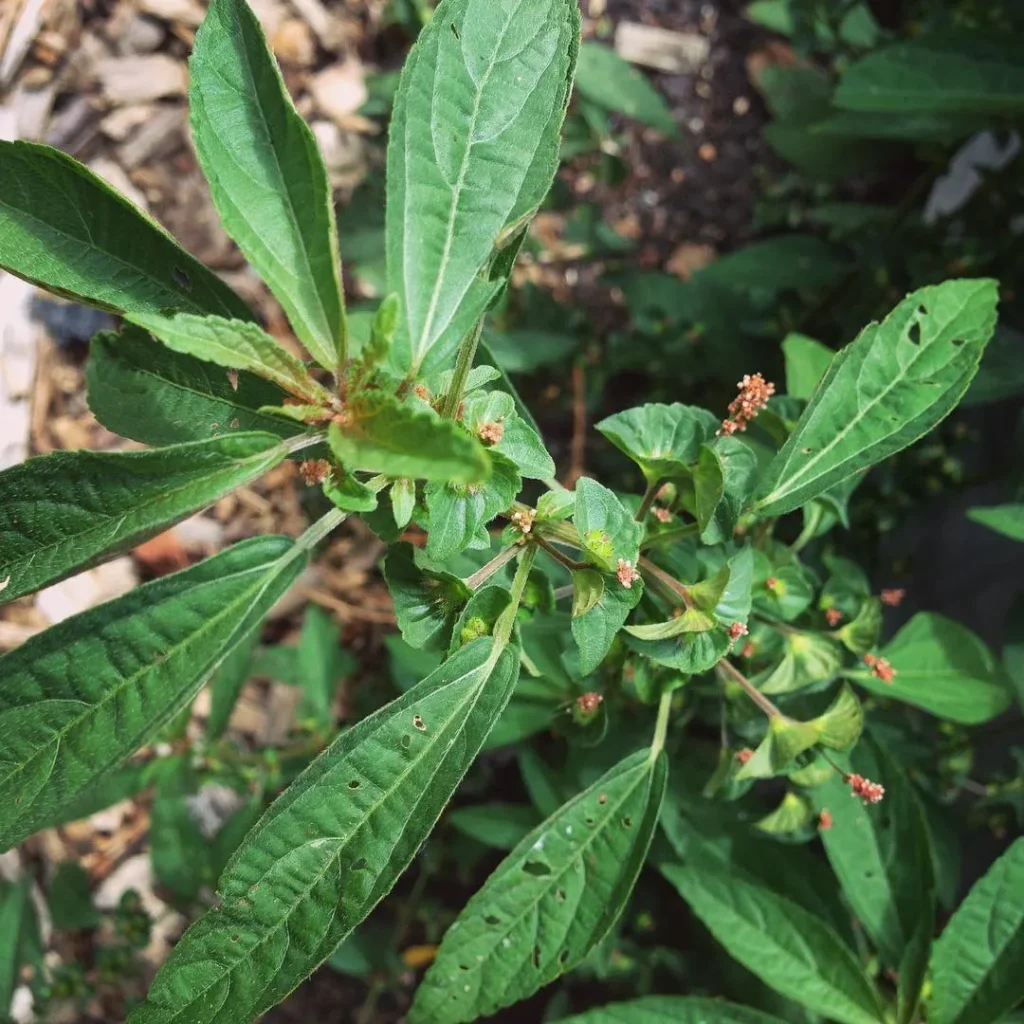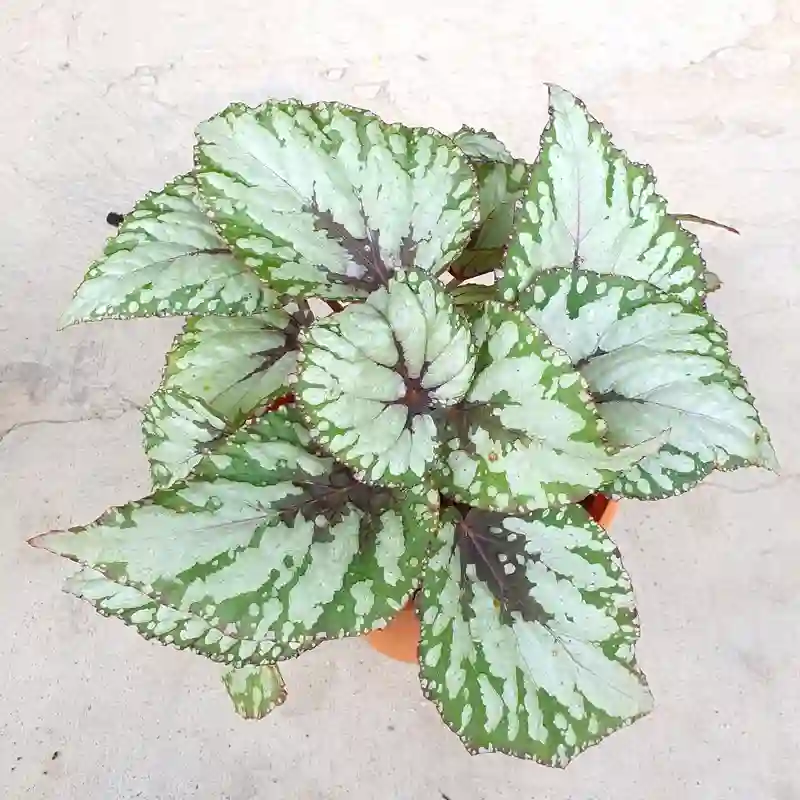
What is Acer Rubrum?
Acer Rubrum, commonly known as the Red Maple, is a stunning tree that graces many landscapes with its vibrant foliage. I’ve had the pleasure of planting a few in my yard, and they always catch my eye, especially in the fall when their leaves turn fiery red.
168 Species in Genus Acer – Maple Tree
Acer Rubrum vs Acer Palmatum
In my garden, Acer Rubrum’s bold, vibrant red leaves in the fall always catch my eye, while Acer Palmatum‘s delicate, lace-like foliage brings a touch of elegance and a calming contrast, especially with its graceful, intricate leaf shapes.
Acer Rubrum vs Acer Saccharum
I’ve found Acer Rubrum’s striking red autumn color to be a standout feature, but Acer Saccharum’s impressive size and the way its sugar maples turn a rich, golden yellow really provide a more classic, majestic presence in the landscape.
How fast does Acer Rubrum grow?
As for growth, they’re pretty speedy compared to some other trees I’ve planted. Within a few years, they can reach a decent size, providing ample shade and beauty to the surroundings.
How much sun does an Acer Rubrum need? Can Acer Rubrum be planted in full sun?
For me, Acer Rubrum loves the sun, but like any relationship, it’s all about balance. Too much direct sunlight can sometimes scorch its leaves, especially in hot climates. When I planted mine, I made sure to choose a spot where it gets plenty of sunlight in the morning and then some shade during the hottest part of the day. That way, it gets the light it needs without getting overwhelmed. I’ve seen some people plant them in full sun, and while they can handle it, they might need a bit more attention to make sure they don’t dry out or get stressed. So, I’d say a balance of sunlight works best for these beauties.
Can you bonsai Acer Rubrum?
While I’ve never personally tried bonsai with Acer Rubrum, I’ve read that it’s possible. Their small leaves and adaptable nature make them a good candidate for bonsai cultivation. It would definitely be a fun project to try someday, but for now, I’m content with enjoying them in their full-sized glory.
Does Acer Rubrum have radial or distributed trachea?
Acer Rubrum has distributed trachea, which helps in efficient water transport throughout the tree. It’s fascinating how nature has equipped these trees with such intricate systems to thrive in various environments.
How long can Acer Rubrum live in standing water?
I’ve heard that Acer Rubrum can tolerate wet conditions, but standing water for prolonged periods might not be ideal for its long-term health. I remember seeing some Red Maples growing near a pond, and they seemed to be doing alright, but I wouldn’t recommend planting them in areas prone to flooding.
How long does it take Acer Rubrum seeds to germinate?
As for germination, Acer Rubrum seeds typically take a few weeks to a couple of months to sprout. I remember planting some seeds with my kids as a fun gardening project, and it was exciting to see the tiny seedlings emerge from the soil.
How to plant Acer Rubrum?
Here’s a guide on how to plant a beautiful Acer Rubrum:
Choosing the Right Time and Spot:
- Timing: Fall is generally considered the best time to plant a Red Maple. The cooler temperatures and increased moisture levels help the tree establish its root system before winter. However, spring planting can also be successful, as long as the danger of frost has passed.
- Location: Select a site with full sun to partial shade. Red Maples tolerate some shade, but full sun exposure will encourage optimal growth and vibrant fall foliage.
- Soil: They prefer moist, well-drained, and slightly acidic soil (pH between 5.0 and 7.0). Avoid planting in heavy clay soil or constantly wet areas.
Planting Steps:
- Dig the hole: Make sure the planting hole is at least 2-3 times wider than the root ball of your Red Maple and just as deep. Roughen the sides of the hole to encourage root growth outward.
- Prepare the root ball: If your tree is container-grown, gently loosen the roots around the edges of the root ball to encourage outward growth.
- Positioning the tree: Carefully place the Red Maple in the hole, ensuring the root flare (the area where the trunk widens at the base) sits slightly above the surrounding soil level.
- Backfill the hole: Fill the hole back in with the excavated soil, gently tamping it down to remove air pockets. Avoid burying the root flare.
- Watering: Water the newly planted tree thoroughly to settle the soil and hydrate the roots.
- Mulching: Apply a 2-3 inch layer of mulch around the base of the tree, extending outwards to the drip line (the area beneath the outermost branches). Avoid piling mulch directly against the trunk. Mulch helps retain moisture, suppress weeds, and regulate soil temperature.
Additional Tips:
- Staking: For young trees, especially in windy locations, consider using a stake and loose ties to provide support for the first year or two. Avoid staking too tightly, as the tree needs some movement to develop a strong trunk.
- Watering: Water your newly planted Red Maple regularly, especially during the first growing season. Aim to keep the soil consistently moist but not soggy. Once established, Red Maples are fairly drought tolerant.
- Pruning: Extensive pruning is not necessary for young Red Maples. You can remove any dead, damaged, or crossing branches in the first few years to improve the overall shape.
Is Acer Rubrum a bryophyte?
Acer Rubrum is definitely not a bryophyte. It’s a flowering plant, commonly known as a hardwood tree, belonging to the genus Acer within the family Sapindaceae.
Is Acer Rubrum a monocot or dicot?
Acer Rubrum is a dicot, characterized by having two seed leaves upon germination. This distinguishes it from monocots, which have only one seed leaf.
Is Acer Rubrum an angiosperm or gymnosperm?
Acer Rubrum is an angiosperm, which means it produces flowers and seeds enclosed within a fruit. This distinguishes it from gymnosperms, such as conifers, which produce naked seeds.
If i die, water my plants!



